

|
|
|


|
|
1/18 Scale Electric Formula One Car:
Kyosho Lotus Honda 99T - 3175
|
Released by Kyosho circa 1988, the Lotus Honda 99T Formula One Car - # 3175 - was based on the car driven by Ayrton Senna and Satoru Nakajima in the 1987 F1 Championships, finishing third in the Constructors Championship with Sixty Four points.
The unassembled kit came with an unpainted ABS plastic Bodyshell, with Camel Team Lotus Decals, a Le-Mans DM20 Motor, and molded nylon Wheels with Sponge Tires. A Radio System, ESC, Battery and Charger to be purchased separately.
Now considered rare, all the early Kyosho "Formula 1 Racers" series models are much sought after by ardent collectors the world over.
Check out our Kyosho Archive for other F1 models.
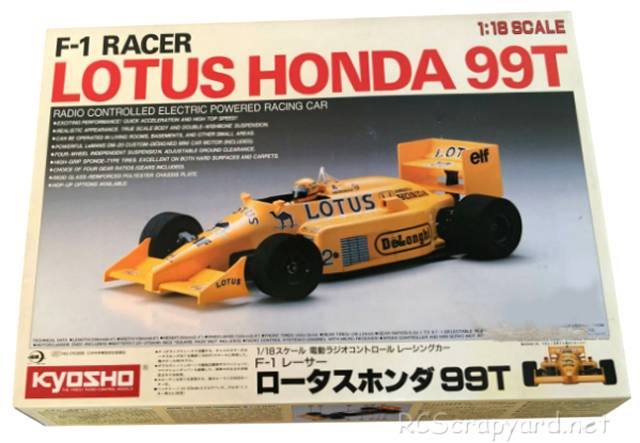
The 2WD model is based on an FRP plate chassis, with double wishbone suspension, a gear type differential, coil spring over friction dampers, dogbone drive-shafts and nylon bushings.








|
|
|

★ Kyosho Lotus Honda 99T - 3175 ★
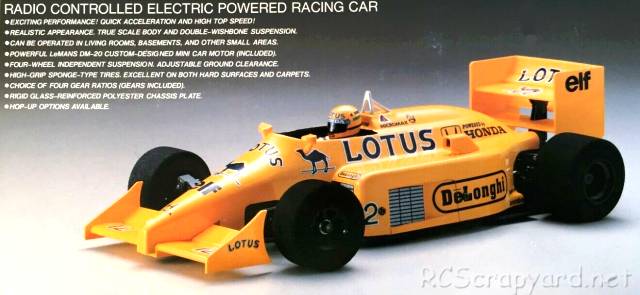
★ Kyosho Lotus Honda 99T - 3175 ★

★ Kyosho 1/18 F1 Chassis ★
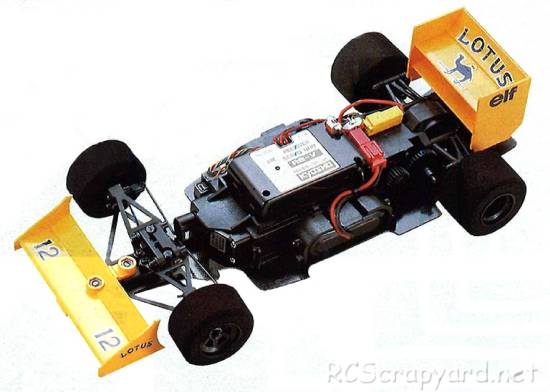
★ Kyosho 1/18 F1 Chassis ★
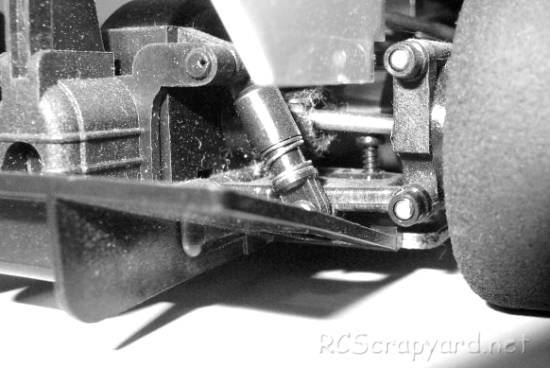
★ Kyosho 1/18 F1 Chassis ★
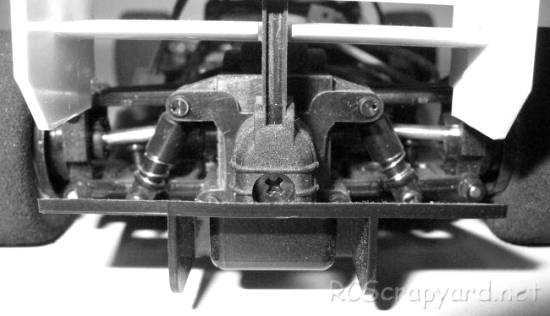
★ Kyosho 1/18 F1 Chassis ★
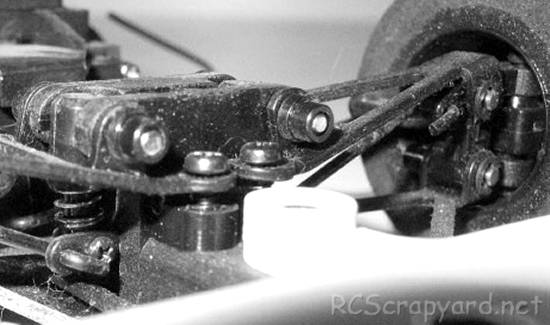
★ Kyosho 1/18 F1 Chassis ★
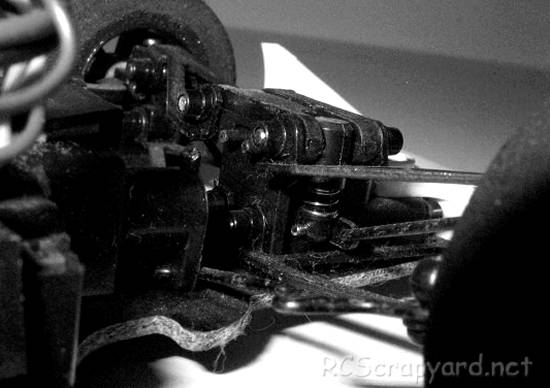
★ Kyosho 1/18 F1 Chassis ★
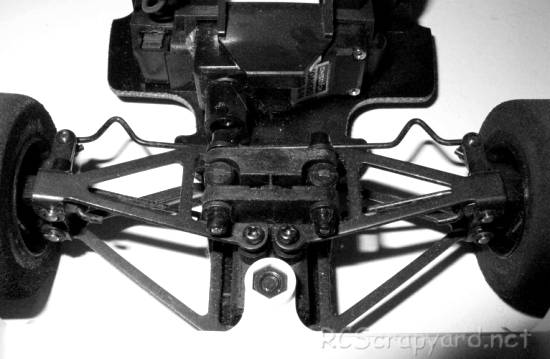
★ Kyosho 1/18 F1 Chassis ★
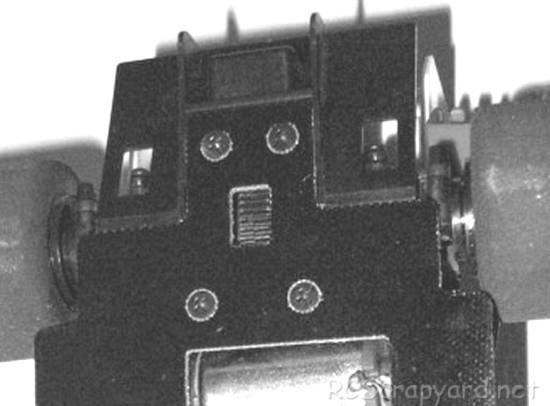
★ Kyosho 1/18 F1 Chassis ★
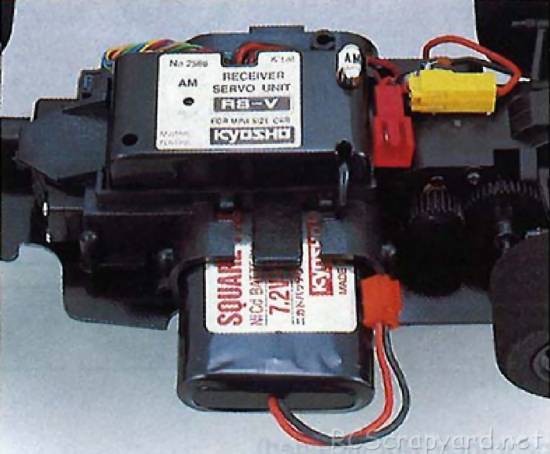
★ Kyosho 1/18 F1 Chassis ★
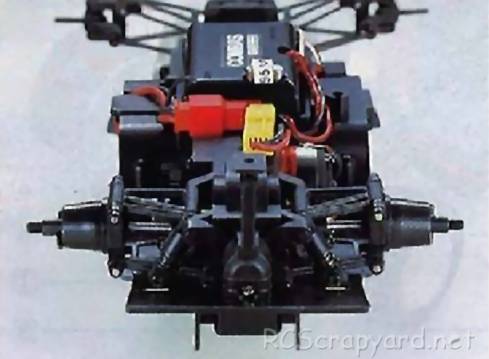
★ Kyosho 1/18 F1 Chassis ★
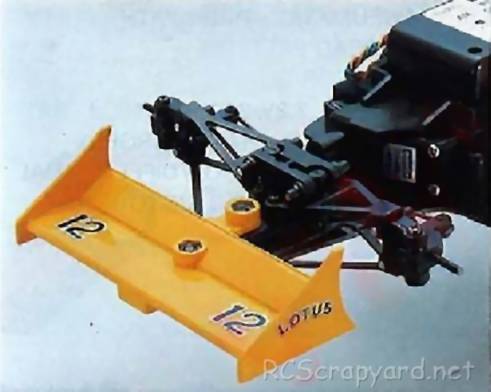
★ Kyosho 1/18 F1 Chassis ★
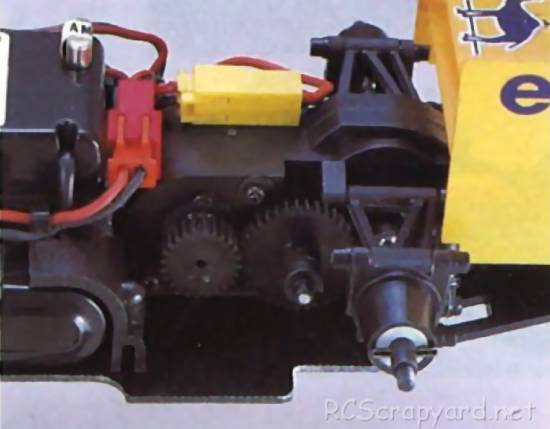
★ Kyosho 1/18 F1 Chassis ★
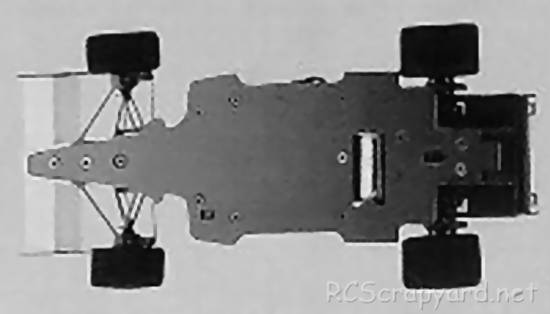
|
Buying a Used Radio Controlled Model
|
|
Manufacturers and Brands Catalogued, Listed and Reviewed by RC-Scrapyard.
At present, the RC Model Manufacturers, Brands and Distributors covered by us are: ABC Hobby, Academy, Acme Racing, Agama Racing, Amewi, Ansmann Racing, ARRMA, Team Associated, Atomic RC, Axial, AYK, Bolink, BSD Racing, Capricorn, Carisma, Carson, Caster Racing, Cen, Corally, Custom Works, Durango, Duratrax, ECX - Electrix, Exceed RC, FG Modellsport, FS-Racing, FTX, Fujimi, Gmade, GS-Racing, Harm, HBX, Helion, Heng Long, Himoto Racing, Hirobo, Hitari, Hobao, Hong-Nor, Hot Bodies, HPI, HSP, Intech, Integy, Jamara, JQ Products, Kawada, Kyosho, Losi, LRP, Maisto, Mardave, Marui, Maverick, MCD Racing, Megatech, Mugen, New Bright, Nichimo, Nikko, Nkok, Ofna, Pro-Pulse, Protech, PTI, RC4WD, Redcat Racing, RJ-Speed, Robitronic, Schumacher, Seben, Serpent, Smartech, Sportwerks, Step-Up, Tamiya, Team-C Racing, Team Magic, Thunder Tiger, Tomy, Top Racing, Traxxas, Trinity, Tyco, Vaterra RC, Venom, VRX Racing, WLToys, X-Factory, Xmods, Xpress, Xray, XTM, Yankee RC, Yokomo, ZD Racing and Zipzaps. |
|
Hints, Tips and Information
Anti Squat
Described as the angle at which the suspension arms pivot in relation to the chassis, Anti Squat affects traction under acceleration. |
|
Hints, Tips and Information
Gearing to Win
Just because you have the latest model, the best available batteries, the most powerful electric motor or nitro engine, doesn't mean you will go out and win everything in sight. The fastest car on the track is rarely the one that wins, it's the one that can accelerate out of corners under control, and remains consistent and efficient from the start to the end of a race.
|
|
RC Models:
|
Radio & Motors: |
Other
Accessories: |